Access Control: A Comprehensive Guide to Safeguarding Your Organization’s Data

Organizations face an ever-increasing threat of unauthorized access to their sensitive information assets in the interconnected and data-driven landscape. Cyberattacks are becoming more sophisticated and persistent, targeting organizations of all sizes and industries. Organizations must implement strong access control measures to combat these threats effectively as an integral part of their cybersecurity strategy.
Demystifying Access Control: The Essence of Cybersecurity
Access control is the process of regulating who can access what information and resources within an organization’s IT systems. These controls act as gatekeepers, ensuring that only authorized users can access sensitive data and systems while preventing unauthorized individuals from gaining access and potentially causing harm. Strong access controls can also help significantly limit the scope of, or even prevent, security incidents when a user’s account is compromised. These critical functions are pivotal in safeguarding an organization’s valuable assets, including intellectual property, customer data, and financial records.
The Consequences of Ineffective Access Control
The repercussions of inadequate access control measures can be severe and far-reaching. Unauthorized access to sensitive data can lead to devastating consequences, such as:
-
- Data Breaches: Exposing sensitive data to unauthorized individuals can result in financial losses, reputational damage, legal liabilities, and even regulatory sanctions.
-
- Data Loss: Unauthorized access can lead to critical data loss, disrupting operations and hindering business continuity.
-
- Data Manipulation: Malicious actors may tamper with sensitive data, compromising its integrity and introducing potential fraud or compliance risks.
-
- Denial-of-Service Attacks (DoS): Unauthorized access can be used to disrupt IT systems, preventing authorized users from accessing critical resources and crippling operations.
-
- Insider Threats: Employees with access privileges may misuse their access to steal, manipulate, or destroy data for malicious purposes.
Implementing an Effective Access Control Strategy
To safeguard their valuable assets and mitigate the risks associated with unauthorized access, organizations must implement a comprehensive access control strategy encompassing the following key elements:
1. Access Control Models:
Access control models provide a framework for regulating access permissions and enforcing security policies. The most common models include:
-
- Role-Based Access Control (RBAC): RBAC assigns access permissions based on predefined roles within an organization. This approach offers flexibility and scalability, making it suitable for organizations with complex user structures.
-
- Attribute-Based Access Control (ABAC): ABAC provides granular control by granting access based on user attributes and context factors. This includes the user’s identity, time of day, location, device type, and the sensitivity of the accessed data.
-
- Discretionary Access Control (DAC): DAC allows users or system administrators to grant or deny access permissions to resources. This approach offers flexibility but can also lead to inconsistencies and over-provisioning of access rights.
-
- Mandatory Access Control (MAC): MAC enforces access permissions based on security policies defined by central authority. This approach ensures strict compliance with security policies but may require more administrative overhead.
2. Authentication Mechanisms:
Authentication mechanisms verify the identity of users attempting to access systems or resources. Robust authentication methods, such as multi-factor authentication (MFA), are essential for preventing unauthorized access, even if passwords are compromised.
3. Regular Access Reviews:
Periodic reviews are crucial to ensure that user access permissions align with their current job roles and responsibilities. This helps prevent outdated or unnecessary access rights from being exploited by malicious actors.
4. Least Privilege Principle:
The principle of least privilege grants users only the minimum access permissions required for their job duties. This minimizes the potential impact of compromised credentials or unauthorized access.
5. Separation of Duties:
Critical tasks should be distributed among different users to prevent any single individual from having excessive control or the ability to compromise systems or data. This adds an extra layer of security and prevents unauthorized actions.
6. Strong Monitoring and Auditing:
Continuous monitoring of system activity and user behavior is essential for identifying suspicious activities that may indicate unauthorized access or malicious intent. Audit logs should be continuously reviewed to track access patterns and detect anomalies.
7. Data Encryption:
Sensitive data, both at rest and in transit, should be encrypted to protect it from unauthorized access or interception. Encryption ensures it remains unreadable even if data is intercepted without the decryption key.
A Secure Future with Effective Access Control
Access control is not a one-time initiative but an ongoing process that requires continuous evaluation and adaptation to meet the evolving cybersecurity landscape. By implementing robust access control measures, organizations can significantly reduce their risk of data breaches, protect their valuable assets, and maintain compliance with data privacy regulations.

